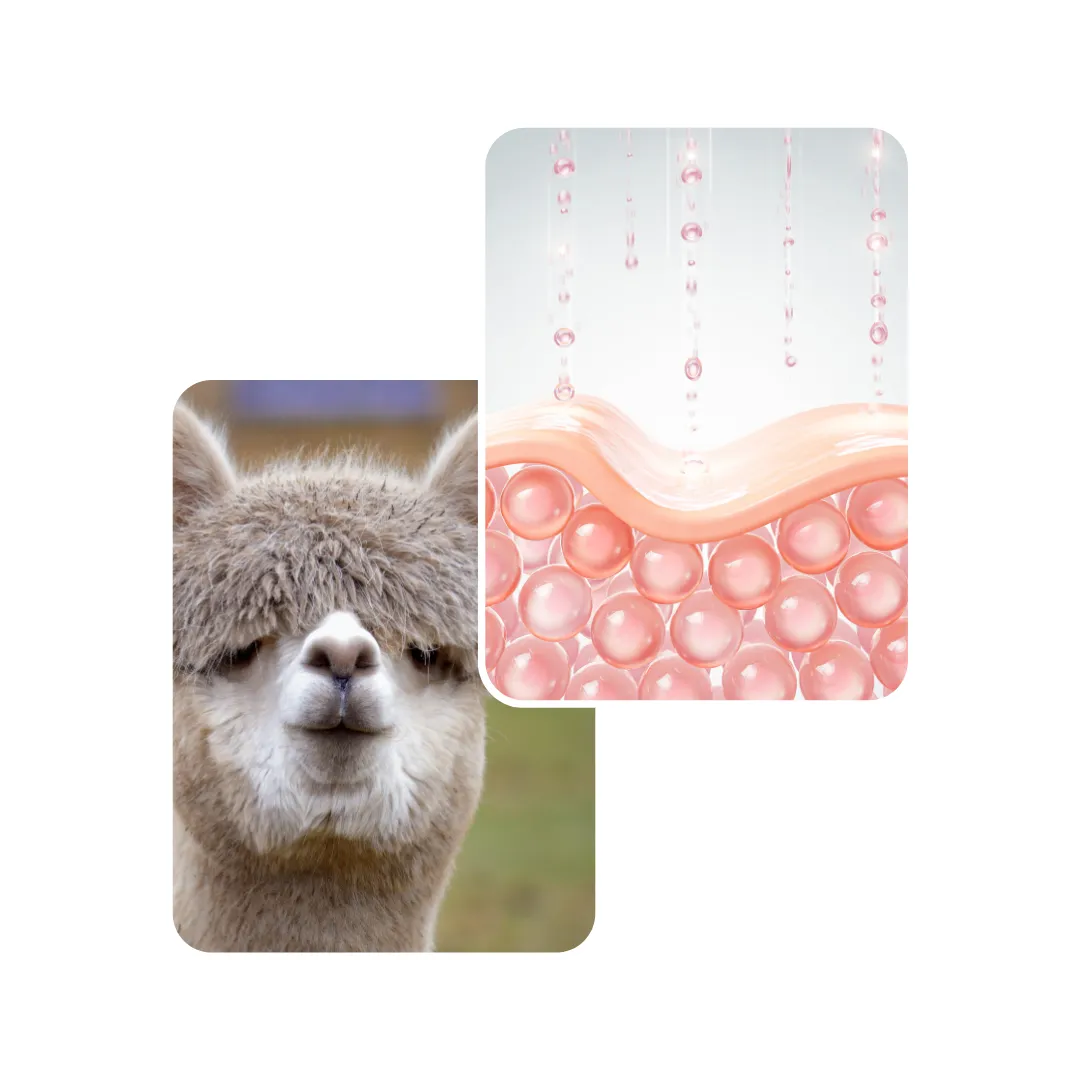

You risk treating the wrong thing! Mange mites require a specific class of drugs, often Ivermectin. Treating without a diagnosis risks wasting time and allowing the issue to spread.
Yes. Mange is highly contagious to other alpacas and can sometimes be transmitted to humans and other livestock, demanding immediate quarantine and environmental decontamination.
Because different skin issues (mites, fungus, bacteria) look identical to the naked eye. A skin scraping under a microscope is the only way to correctly identify the parasite and choose the correct, life-saving medication.
No. Parasites spread rapidly. If one alpaca is positive for mites, the entire herd must be treated with systemic antiparasitics to break the life cycle and prevent recurrence.
Treatment involves medicated soaks and topical agents to soften the thickened, crusty skin, allowing the anti-parasitic medications to penetrate effectively and begin the healing process.
Yes. Severe, chronic skin issues can be a sign of systemic immune suppression caused by chronic internal disease or severe malnutrition.
Your pet deserves expert care – Subscribe now for trusted tips and updates from our pet experts.
